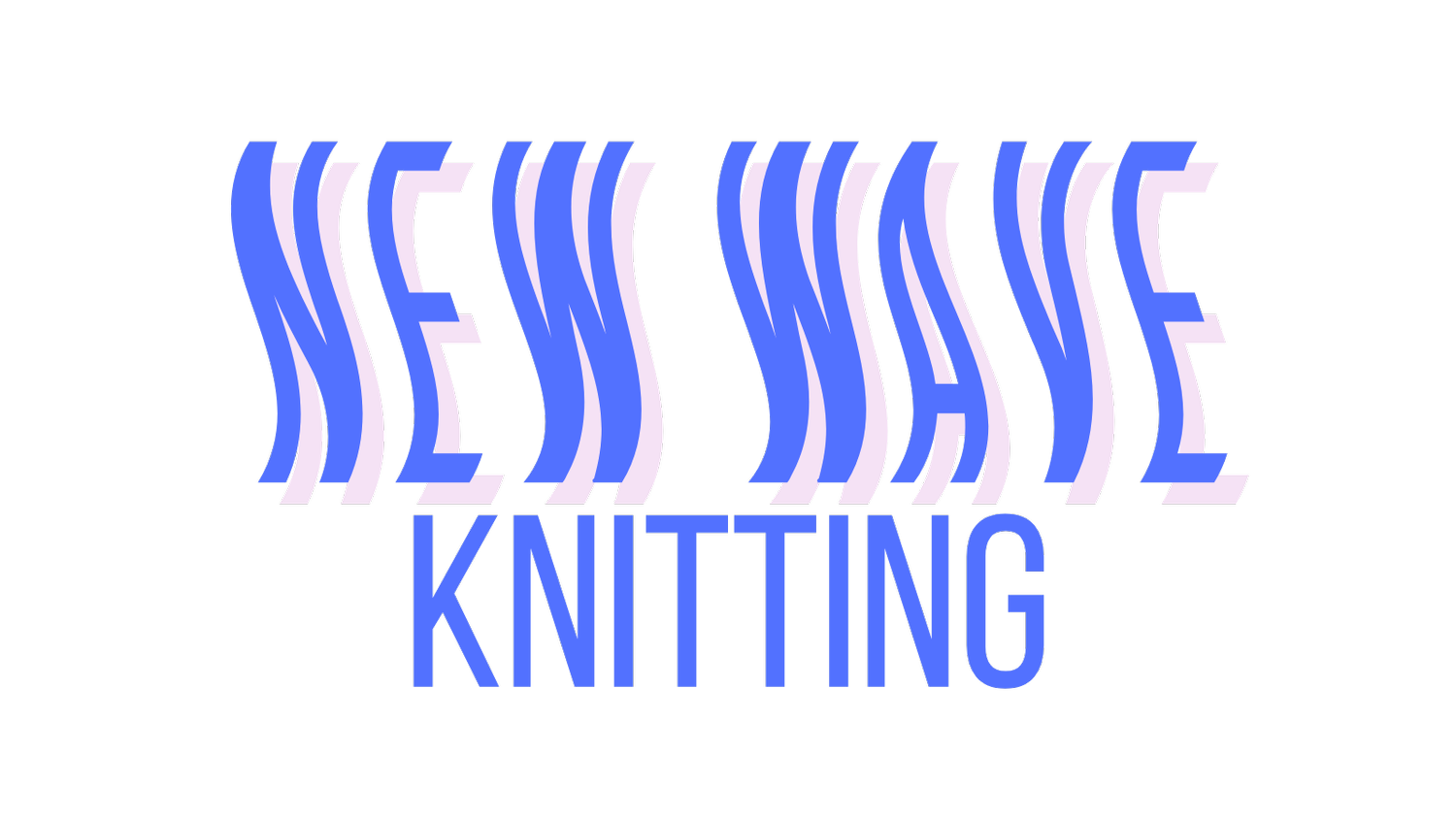Long Tail Cast On: Easy Step-By-Step Tutorial
Are you ready to take your knitting skills to the next level? The long tail cast on is a must-know technique that will give your projects a polished and professional edge. This versatile cast on technique is quick and easy to learn, and produces a flexible and sturdy foundation row that's perfect for a wide range of knitting projects. So grab your needles and yarn, and let's dive into the world of long tail cast on!
What is long tail cast on?
The long tail cast on is one of the most common cast on techniques used in knitting. It involves creating your cast on stitches using a long tail (hence the name). This cast on is popular because it produces a flexible and sturdy edge that's suitable for a wide range of knitting projects, from socks to hats. It's also quick and easy to do once you get the hang of it!
To perform the long tail cast on, you need to create a slipknot on your needle, then use the tail and working yarn to create a series of loops that will form the foundation row. With a little practice, you'll be casting on like a pro and ready to start your next knitting project! Now, let’s break it down step by step.
How to do the long tail cast on
Check out the step-by-step instructions as well as the video tutorial below to learn how to do the long tail cast on. In this tutorial, I am using the Everyday Merino yarn, which is my absolute favorite superwash worsted weight yarn, in the color Dove. I am also using my go-to needles, which is part of the Lykke Driftwood Shorties Interchangeable Needle Set. (Please note that these links are affiliate links. If you make a purchase after clicking, I earn some yarn money at no extra cost to you!)
Step 1
You’ll need to start with a long tail. My favorite way to figure out how much yarn you’ll need for the tail is to give yourself about 2.5 times the amount of yarn you’ll need for the circumference of what you’re going to be making. For example, if you’re casting on for a hat, wrap the yarn around your head 2.5 times. You may look a little silly doing it, but it works!
When you have figured out how long your tail should be, make a slip knot at that point in the yarn.
Step 2
Place the slip knot on your needle. Pull the tail and working yarn to adjust the size of the knot so it rests comfortably on your needle. The knot shouldn’t be too tight or too loose. You should be able to slide it along your needle easily.
Step 3
Grab both strands of yarn below the slip knot on your needle. With the tail in the front and working yarn in the back, separate the two strands with your thumb and forefinger to make a diamond shape as you hold them together with your middle, ring, and pinky fingers.
Step 4
Move your knitting needle down and to the left, and insert it under and through the loop that is hooked around your thumb in an upward motion toward your index finger.
Step 5
With your knitting needle moving towards your right index finger, continue this motion over and under the loop around your index finger.
Step 6
Continue this motion with your needle moving back to the left and through the loop on your thumb.
Step 7
Drop the loop off your thumb and gently tug the strands of yarn to cinch it on the needles (but not too tightly!).
Step 8
Repeat until you have all your cast on stitches on your needles!
Tips for doing the long tail cast on
Mind your tension
The biggest tip I have for making the long tail cast on is to try your best to keep a gentle tension. This can be especially hard if you’re a beginner because you may be gripping the yarn and needle tightly. When your tension is too tight during the cast on, it can make knitting your first round or row difficult and a bit of a headache as it can cause you to have dropped stitches. Of course, you don’t want your tension too loose either, which can make the edge of your knitted piece a bit wonky. So the next tip will help you get to a place where your tension isn’t too loose or too tight, but just right.
Practice, practice, practice
If you’re about to start a pattern with a long-tail cast on, I recommend just practicing the cast on first. Don’t pressure yourself to get it perfect the first time! Simply cast on stitch after stitch and don’t worry about counting. Just keep going until you feel like you have it down and your cast on stitches are sliding easily on the needles while still hugging them comfortably. Like with any other art form or craft, it takes practice to get the technique down!
Want a tutorial for a specific knitting technique? Let me know in the comments! And be sure to sign-up for the New Wave Knitting Circle Newsletter so you never miss a blog post or tutorial.







